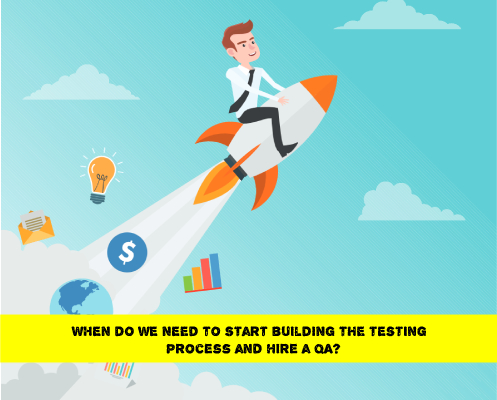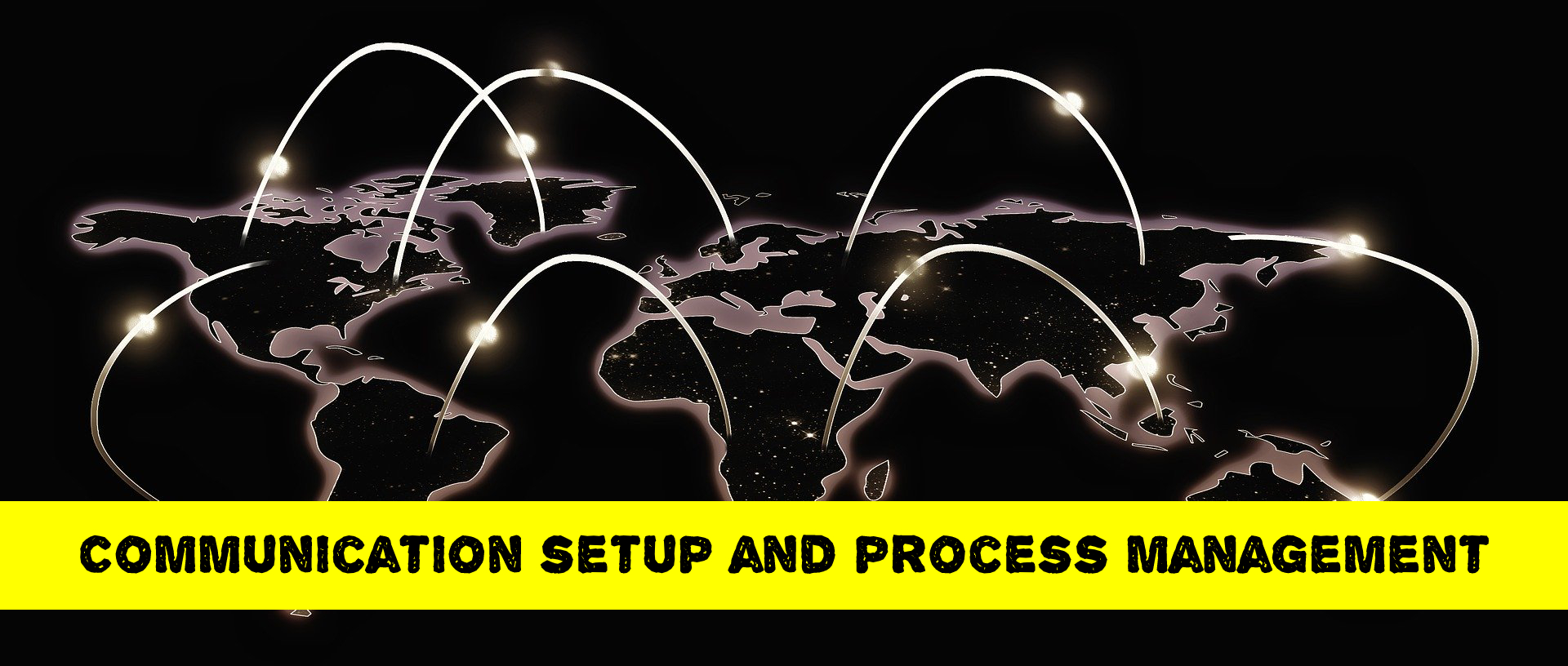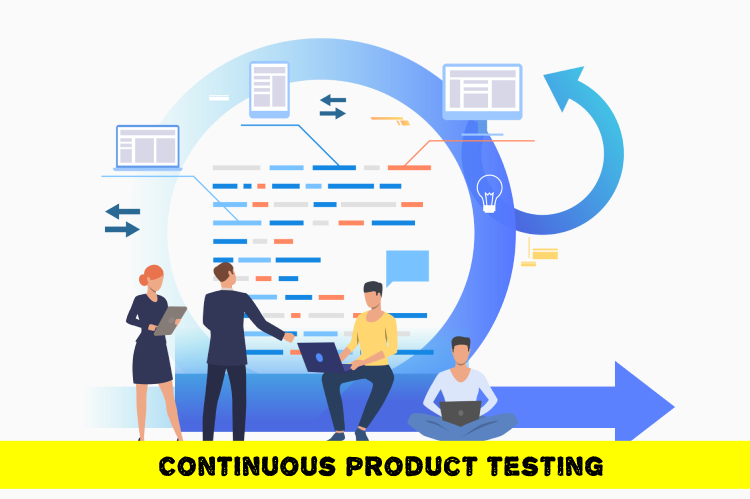5 minutes to read
How to setup essential QA testing process for startups


Chief Technology Officer
Before explaining the importance of setting up a QA testing process in a startup, let's figure out why this is necessary.
Usually, a company that has an idea for a startup spends a massive piece of a budget cake on product development, absolutely not paying attention to its quality. As a result, by the time when the product is released, it has a vast number of bugs, which ultimately makes it impossible to use the product adequately. By this time, the customer's finances are running out, and since it has nothing to show to the investors, then subsequent financial receipts are impossible.
It would seem that this is understandable and obvious. Then why each time we make the same mistakes hoping that it is our development team that will write the code without bugs, and even if they allow a bug, they will fix on their own.
However, to successfully launch the product and set up the testing process, it's not enough to hire some QA or ask your PM/friend to check the product. It is necessary to build a competent and structural testing process, which only people with sufficient experience can do.
To get started, let's figure it out.
When do we need to start building the testing process and hire a QA?

And here, oddly enough, there is no single answer.
Each product has a different complexity and different requirements from the customer or investors. It is certain that a competent team of QA will be able to implement an effective testing process at any stage of the product, however, as practice shows, the sooner this is done, the cheaper it costs to the customer.
The second main question is
Why, does the QA team need to set up any process(es)?
The answer is simple.
Based on the foregoing, it becomes clear that testing is not just a separate phase but is a process that should start at the initial stage of the product with the creation of the first requirements. It should closely intersect with the development process to make sure that the code is tested in detail, and the product matches the declared requirements.
It seems a little clearer. Now let's look at the process itself, as well as what it should include.
Introduction to the process and familiarization with the product.

This is the first and most crucial phase. Before setting up any process, you need to understand the current state of the product, its requirements, available documentation, participants, and existing processes (if any). Since each product is individual, and it would be foolish to apply the same approaches to different products. At this stage, personal communication with each participant of the project will be beneficial, because modern QAs are much more than monkeys who click buttons and try to hack the application in the first test.
Communication setup and process management

The second significant phase is the setting of communication and processes within the team. While people, not robots, create a product, it is essential to set up competent communication within the team because without this, a high-quality product is impossible. Lack of communication can lead to misunderstandings, which will negatively affect the quality of the product or the timing of tasks. Each team member must have its own role and be responsible for certain activities. At the same time, each member of the team must clearly understand to whom with what question he can turn.
Development and maintenance of test documentation.
QA company should participate and usually organize the process of creating all the test documentation for the project. The quantity and quality depend on the project, but often QA creates (or participates in the process of creation) and supports the following documentation: Test Plan, Test Suite, User Stories, Checklists, Test cases, Specification, UI Mockups. Well-written documentation allows us to avoid many errors at the development stage, and to prevent possible architectural problems.
Continuous product testing

The most natural and expected part is the direct testing of each functionality. QA conducts different types of testing, depending on the product. Usually, it includes:
All this is not just a theory. Each of these types of testing is necessary to provide a quality product.
Bug tracking & testing results
QA engineer creates bug reports that are an indispensable part of development. This is a necessary process, and an important document, because the success of the product largely depends on the proper prioritization and correctness of the bug report itself. At first glance, this may seem simple, but in practice, writing an understandable bug report that will be clear to any member of an (usually) international team will not be easy at all. QA engineer also provides detailed reports of the work done and on the status of the product in general. It happens because QA is the person who knows the best the real state of the product, its limitations, and can provide the necessary advice on improving the quality of the product and the possibility of its release.
Conclusions
After all of the above, we understand that a high-quality testing process is not something that can be delayed until the very last day before release or excluded entirely. Without a well-established testing process, your product is unlikely to exist. It is worth implementing QA as early as possible. This will not only release a well-functioning product earlier but also allow you to be sure that its subsequent support and development will be much easier.
